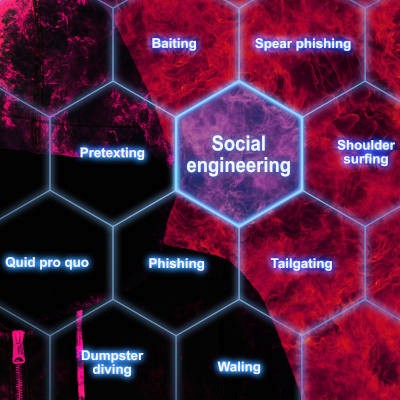Hackers have made some nefarious choices over the past several months, many of which involve using the COVID-19 pandemic to spread their influence and steal data through the use of phishing attacks. Let’s explore how these cybercriminals have leveraged a global disaster to their benefit and some ways that you can keep your business secure.
ImageSys LLC Blog
With all that has been going on concerning COVID-19, many businesses and their employees are experiencing no small amount of anxiety as their position appears to grow more and more vulnerable. Whether your employees are working remotely, or are in-house under strict rules, there’s a chance that they are seeking some additional means of making money. Unfortunately, opportunists are taking advantage of people just like them in this unsure time.
According to the latest edition of Microsoft’s regular Security Intelligence Report, phishing attacks are the most prevalent cyberthreat. Considering what is currently going on in the world, this is almost assuredly still the case, which means that businesses and individuals alike need to be more aware of how to spot these attempts. To help, we’ve put together a few tips.
The COVID-19 pandemic has certainly changed the way we do things in a very short period of time. Unfortunately, in times of absolute crisis and anxiety, cybercriminals use it as camouflage to steal data and infiltrate normally-secure networks. Let’s take a look at some of the ways hackers are able to exploit your employees and how you can work to protect your business.
As prevalent as cybersecurity threats unfortunately are today, many users tend to overlook major threats that they just aren’t focused on nearly as much: social engineering attacks. Social engineering attacks are just another means for a cybercriminal to reach their desired ends, and so need to be protected against.
Phishing has been gaining notoriety in cybersecurity circles, as it has been used quite successfully in a variety of business infiltrations and data breaches. Many of the more well-known cyberattacks of the last few years were enabled by phishing. In order to protect your business’ interests, you and your team need to be able to identify these social engineering attempts. We’ll go over a few ways to do so for this week’s tip.
In the realm of cyberattacks, a data breach is perceived as one of, if not the biggest threat that a business can face. They are seen as so dangerous, in fact, that threats like phishing attacks are largely disregarded. However, data from a recent study suggests that this is the opposite of what should happen in a decision maker’s mind.









